

Cathy Chapman uses various types of groundcover and native plant species for the backyard of her South Portland home instead of having just a grass lawn. Photographed on June 6, 2018. Gregory Rec / Portland Press Herald / Getty Images
Americans take great pride in their lawns. A centuries-old practice adopted from Great Britain and Northern France, lawns have become a status symbol; a standard fixture of American communities.
In the United States, more than 40 million acres of land are covered in grass, making it the single largest irrigated crop in the country, requiring more labor, fuel, toxins, and equipment than industrial farming. These vast areas of monoculture (the practice of planting only a single crop) do ultimately have devastating consequences for ecosystem health.
Constituting 2% of the continental US, turf grass has a substantial environmental impact, especially in regards to lawn care: 3 trillion gallons of water, 200 million gallons of gas (for mowing), and 70 million pounds of pesticides are used for lawn maintenance every year; fertilizer – containing large concentrations of nitrogen and phosphorous – runs off of lawns, into storm drains, and eventually flows to waterways, causing algal blooms and contaminating drinking water; herbicides and pesticides kill unwanted – yet necessary – plants and insects, causing harm to humans and wildlife alike.
Moreover, the turf grass used for most lawns in the United States isn’t native to North America and doesn’t support the rich, diverse life needed for a healthy ecosystem. Blanketing an area with exclusively non-native grass eliminates the habitats of native plants and insects, decimating the biodiversity of the area and creating far-reaching consequences for food chains.
While boasting a bright green, perfectly mowed, immaculate lawn has become the norm, turning your yard into a native ecological refuge – sometimes called “naturescaping” – with these eco-friendly alternatives can do wonders for the biodiversity and overall health of your backyard ecosystem.
1. Native Plants and Flowers

Lake Lou / Flickr / CC BY 2.0
The ryegrass and Kentucky Bluegrass that make up most American lawns aren’t native to the US; between 5,000 and 385,000 acres of native ecosystems are displaced by lawns every day, crowding out regional flowers, plants, and grasses across the country. Without these native plants, monoculture lawns are essentially wastelands for birds and pollinators – like bees, whose populations have been declining rapidly around the world – eliminating the flowers they feed on and locations for nesting.
Choosing to instead foster a yard of native flowers and plants creates a ripple affect in regional food chains: plants provide food for the bugs and bees that depend on it, which in turn provide food for mammals, reptiles, and amphibians, restoring the biodiversity that has been lost. Creating a deliberate landscaping plan to replace grass with low-maintenance plants will attract wildlife and bring some beauty to your backyard.
In urban areas, clover, dandelion, and other lawn “weeds” have been identified as some of the most important food sources for bees, and flowers like columbine, monarda, asters, and holly provide a friendly habitat for birds. Of course, native plants vary by region, so be sure to check with your state’s Native Plant Society to find the right species for your eco-haven.
2. Grass Alternatives
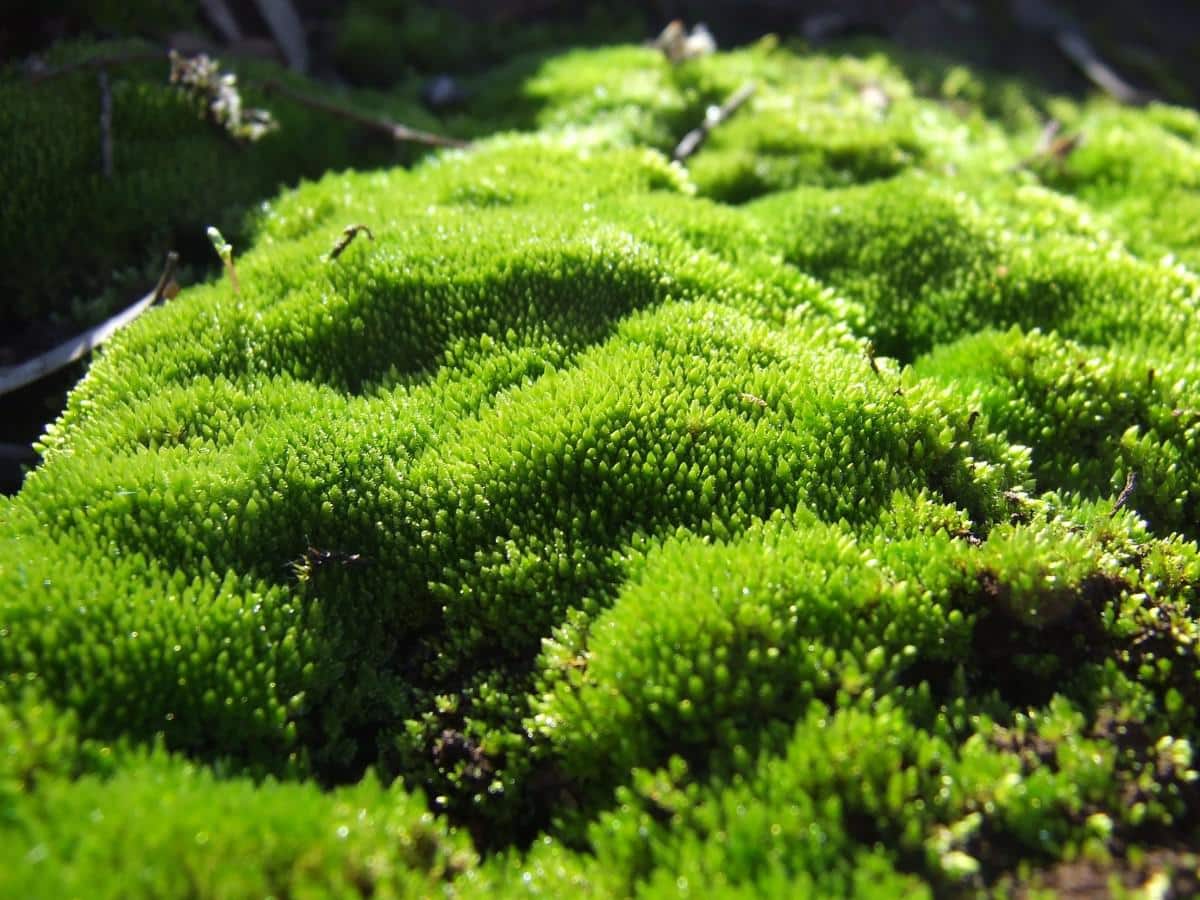
PxHere
If you love to look out the window at your luscious patch of green, you don’t have to give it up entirely.
Groundcover plants provide an alternative to turf, but eliminate the need for mowing and still deliver that traditional verdant green. Clover, creeping jenny, barberry cotoneaster, Corsican mint, and creeping herbs like thyme and oregano require very little maintenance; clover especially needs little attention once it’s established, suppresses weeds, and has a deep root system that aerates the soil.
Flowering perennial groundcover species – like sweet woodruff, liriope, and horned violets – bring a dash of color to your yard and often do well in shaded areas, as do many kinds of moss. Species of native ornamental grass thrive in different ranges of light, moisture, and soil, giving you plenty of options for your space.
Growing a natural lawn also eliminates the need for chemical fertilizers, improves soil quality, and prevents erosion – all while creating a native habitat for the birds and the bees.
3. Befriend the Bugs
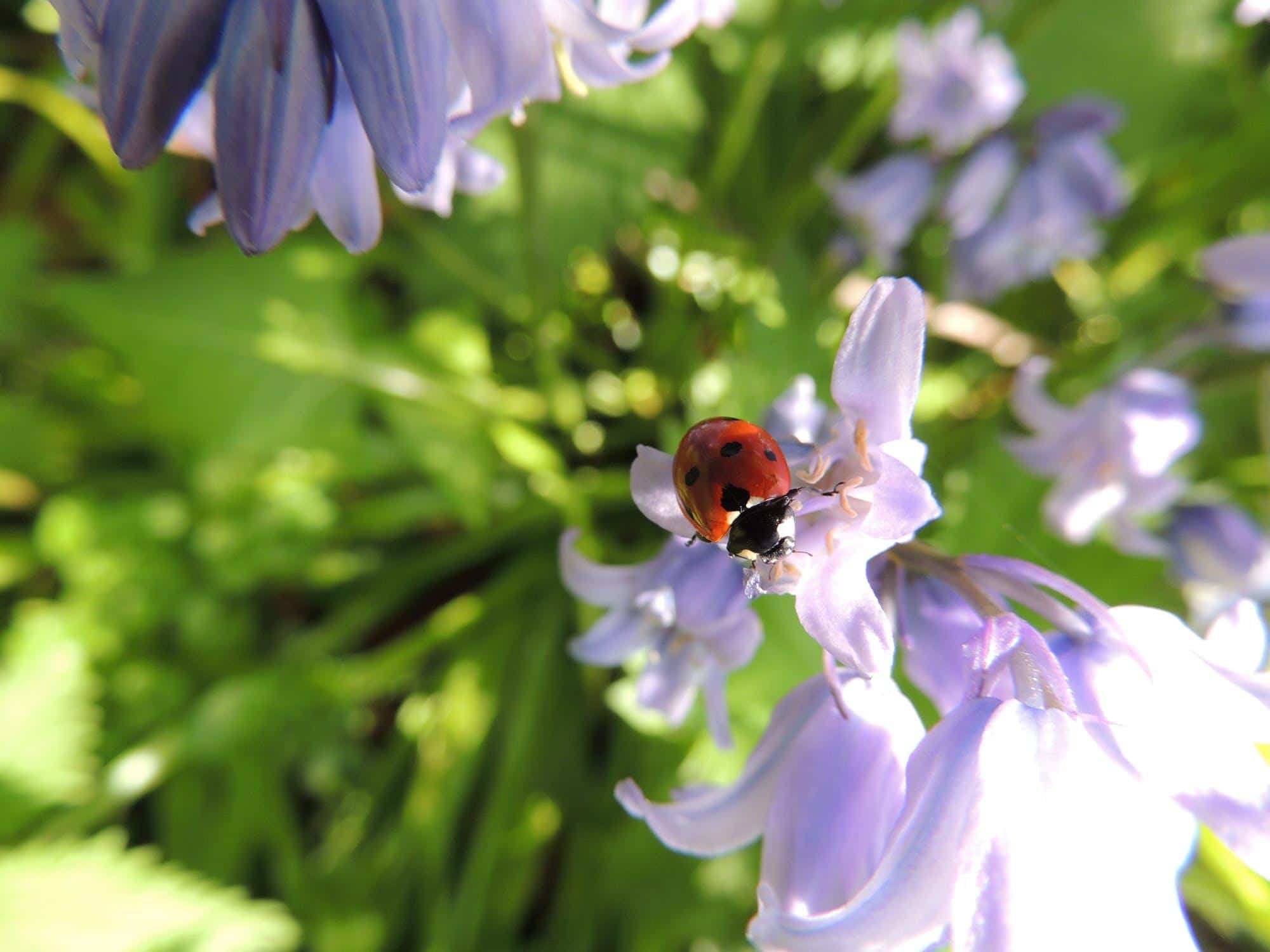
Pexels
The prevailing rhetoric of traditional yard maintenance is to eliminate as many humming, buzzing, and crawling things as possible, which drives away the beneficial bugs that foster healthy, thriving ecosystems such as ladybugs, spiders, and ground beetles. While caterpillars and Japanese beetles might not be a welcome sight, not all bugs are a bad sign!
During their lifetime, ladybugs may eat as many as 5,000 aphids – a common backyard enemy. Ground beetles too feed on less-desirable bugs like caterpillars, slugs, weevils, and nematodes. To encourage such insects to make a home in your yard, you can purchase many of them online or at garden stores to jumpstart the process. But, once you begin to populate your yard with native plants and bid the turf adieu, the insects should start crawling, flying, and buzzing back.
Learn what beneficial bugs live in your area so you can identify the signs of a healthy, bio-diverse lawn.
4. Ditch the Fertilizer …
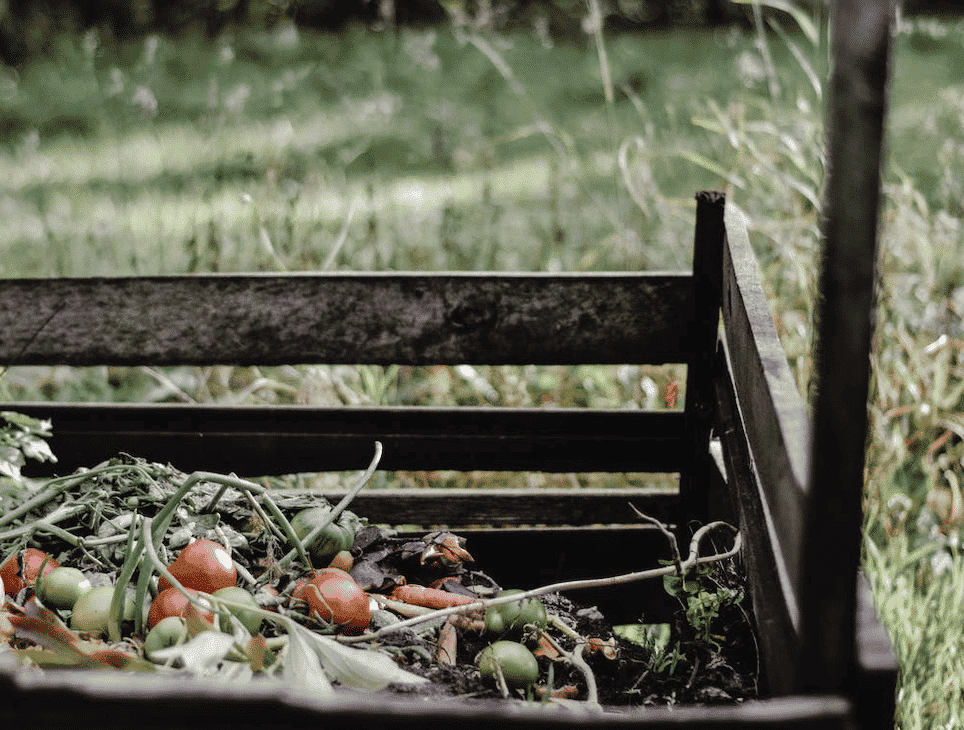
Pexels
While typical fertilizers ramp up the productivity of farms and might keep our backyards emerald green, they also emit harmful greenhouse gases – accounting for 1.5% of global emissions – and fertilized lawns are no exception.
According to Dr. Chuanhui Gu of Appalachian State University, a standard lawn emits up to 6 times more CO2 than what can be absorbed during photosynthesis through mowing, irrigating, and fertilizing, including the production and transportation of the fertilizer.
Instead of synthetic fertilizers, try adding organic nutrients to your eco-friendly lawn by spreading compost. “Topdressing” your yard with compost supplies nutrients and keeps the soil healthy without depleting it, allowing you to maintain a healthy ecosystem for the diverse plant and animal life thriving in your eco-oasis.
5. … and the Pesticides

Henner Zeller / Flickr / CC BY-SA 2.0
Scientists have directly linked pesticides to the demise of frog, bat, and bee populations, throwing delicately balanced ecosystems and food chains into disorder. Ninety percent of flowering plants depend on bees and other pollinators to survive – species that have seen alarming decreases in population across the globe (also referred to as Colony Collapse Disorder).
Luckily, saving the bees can start in your own backyard: lawn-owners can make a tangible difference by cutting pesticides from their lawn-care regimen. Allowing native plants and weeds to grow freely and bugs to crawl amongst them will save the lives of your local bees, providing them a sanctuary to live, eat, and thrive in.
6. No-Mow Zones
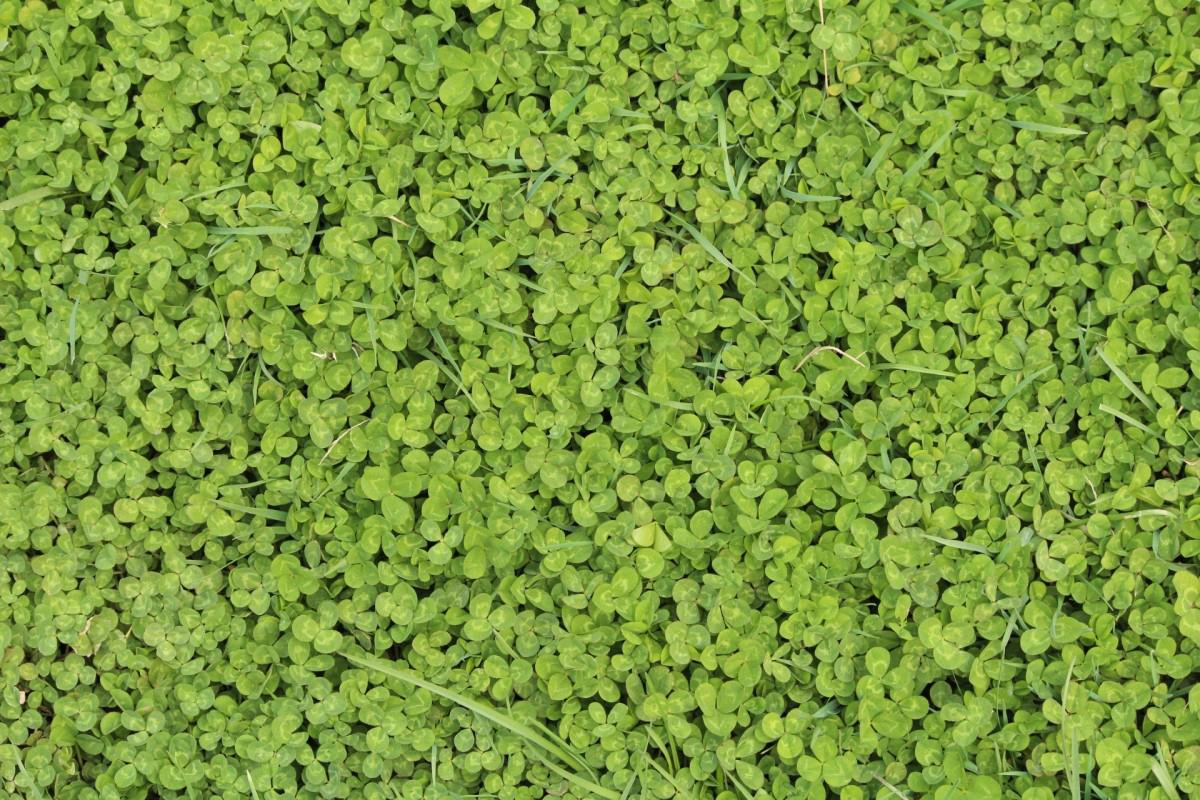
PxHere
Mile-for-mile, gas-powered lawn mowers produce about 11 times more pollution than a new car, estimates the EPA – so, running a single gas-powered mower for an hour is nearly equivalent in emissions to a 100-mile car trip.
Mowing lawns is also extremely time-consuming, accounting for more than three million collective hours each year for Americans, who, on average, mow their lawns 22 times per year. Think of the time saved by going no-mow!
The No-Mow Movement encourages lawn-owners to leave native grasses to their own devices, growing tall and wild to eliminate the environmental cost of watering and mowing, and allowing a more natural landscape to take over unimpeded. If you’ve decided on an alternative to grass that requires no mowing – like clover or moss – you’re already there.
Do keep an eye out for invasive weeds in your no-mow lawn that might crowd out native plants and grasses.
Before embarking on your eco-oasis adventure, you’ll need to set about “killing” your lawn – that is, doing away with existing turf grass to make way for your native plants and no-mow zones.
Covering the lawn with a sheet of black plastic will trap heat and kill the turf underneath; or, adopt the no-till method of layering newspaper over a section of grass and covering it with a few inches of soil. The newspaper will decay over time and provide a fresh start for your new lawn.
While recovering global biodiversity may seem like a daunting goal, cutting down your environmental impact and saving native ecosystems can all begin in your own yard!
Looking for a cleaner lawn solution?
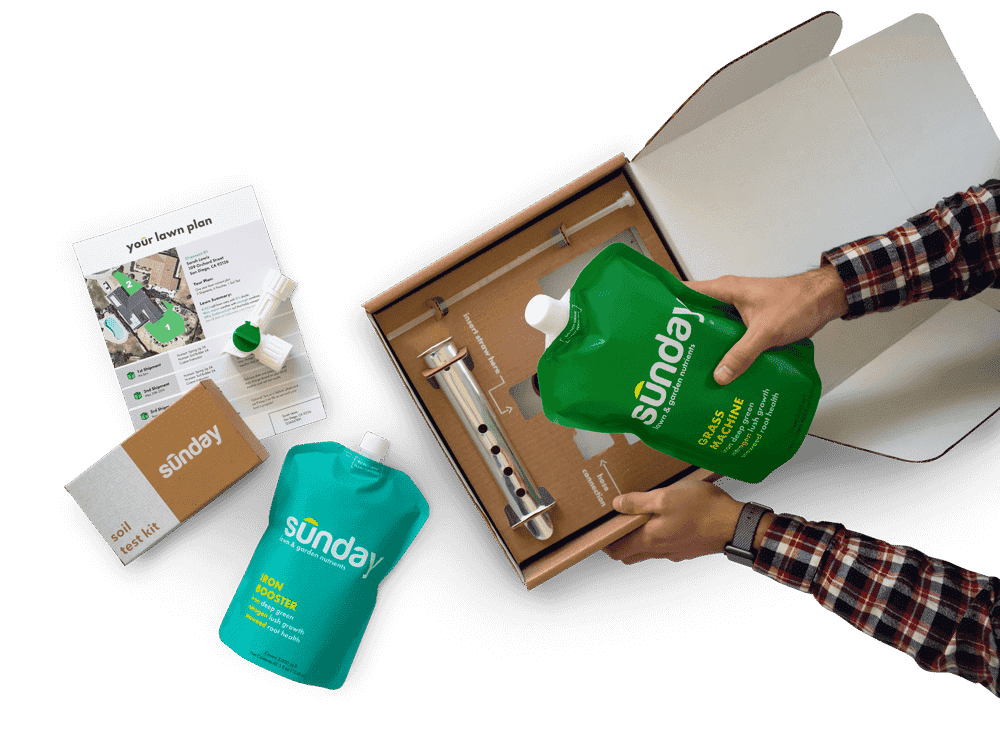
Sunday is a 1% for the Planet business, meaning a portion of every sale goes to helping people reconnect with nature and preserve important habitats across the country like tallgrass prairie. The team at Sunday offers you guidance and custom nutrients, to cultivate rich, living soil for a healthy lawn that’s more self sustaining.
Linnea graduated from Skidmore College in 2019 with a Bachelor’s degree in English and Environmental Studies, and now lives in Brooklyn, New York. Along with her most recent position at Hunger Free America, she has interned with the Sierra Club in Washington, DC., Saratoga Living Magazine, and Philadelphia’s NPR Member Station, WHYY.
- 12 Creative Ways to Cut Down on Food Waste in Your Kitchen ...
- It's Time to Get Rid of Your Lawn! - EcoWatch
- How to Compost in Your Apartment
- How to Compost in Your Apartment
- Why Lawns Must Die
- 10 Ways to Save Water at Home - EcoWatch
- Lawn Irrigation Guide

 233k
233k  41k
41k  Subscribe
Subscribe 